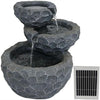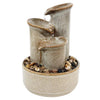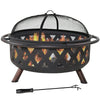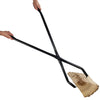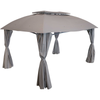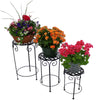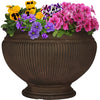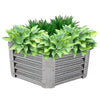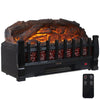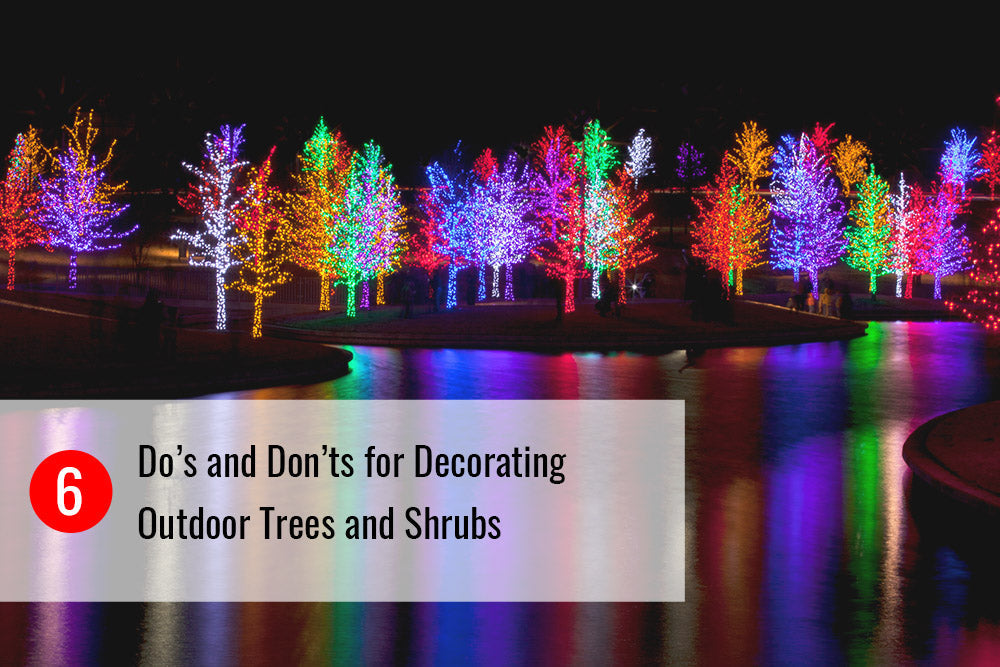Planning your wedding can be an exciting yet overwhelming journey, and the flowers are a big part of what makes your special day beautiful. But did you know you can add a personal, unique touch by growing your own wedding flowers? Not only does this add sentimental value, but it also can be more cost-effective and eco-friendly. Here’s a guide to help cultivate your garden and grow stunning flowers for wedding bouquets and arrangements.

Step 1: Plan, Plan, Plan
Before you get your hands dirty, spend some time researching flowers that will bloom in time for your wedding date. Consider the colors, sizes, and types of flowers that fit your theme. Popular wedding flowers like roses, peonies, dahlias, sunflowers, and zinnias are beautiful choices.
After you’ve decided which flowers to grow, create a growing calendar. Determine when to plant each type of flower based on its growing season and your wedding date. Count backward from your big day to figure out the best planting times.
Step 2: Prepare the Garden
Most flowers need plenty of sunlight, so choose a sunny spot in your garden with well-drained soil. If the soil isn’t ideal, don’t worry! You can enhance it with compost or other organic matter to improve fertility and drainage. You also need to make sure you have the necessary gardening tools, seeds or seedlings, planters, garden beds, and watering equipment. Having everything on hand from the start makes caring for plants along the way much easier.
Step 3: Planting Time

Before planting the flowers outdoors right away, begin with seed trays and a quality seed-starting mix to get them growing indoors. Start this before the last frost date so the weather doesn’t hinder the growth you’ve started. Remember to gradually acclimate the seedlings to the conditions outside before completely transplanting them to the garden.
For flowers that can be sown directly into the ground, follow the spacing and depth guidelines on the seed packets. Water the soil before planting and keep it consistently moist until the seeds germinate.
Step 4: Nurture the Flowers
Properly tend to your plants to promote growth and beautiful blooms. Consistent watering is key, especially during dry spells. A drip irrigation system can help maintain even moisture levels without much effort. Feed the flowers a balanced, slow-release fertilizer or compost to give them the nutrients they need to thrive. And be sure to keep your flower beds weed-free to reduce competition for nutrients. Mulching around the plants can help conserve moisture and suppress weeds.
Step 5: Stay Vigilant
Keep an eye out for pests and diseases because early detection is crucial. Use natural remedies like neem oil or beneficial insects to manage pests without the use of harmful chemicals.
Step 6: Harvesting for Perfection

Harvest your flowers in the early morning or late evening when temperatures are cooler. This helps prevent wilting and keeps them fresh longer. Use sharp, clean shears to cut the flowers, making an angled cut on the stems. Immediately place the flowers in a bucket of lukewarm water with a floral preservative. Remove any leaves that would be below the waterline to prevent bacterial growth. Allow the flowers to hydrate for several hours or overnight in a cool, dark place. This will ensure they’re at their best for arranging.
Step 7: Arranging and Storing
Store the flowers in a cool, dark location until you’re ready to arrange them. Refrigeration can help extend their freshness. Assemble the bouquets and arrangements a day before the wedding. Use floral tape and wire to support the stems and arrange them to highlight their natural beauty. Practice a few times before the big day to perfect your technique for picture-perfect blooms.
Try creating a home-grown flower display on decorative carts or stands like these to add a romantic touch to your wedding ceremony decor.
Here’s a few bonus tips for ensuring your flower arrangements are perfect for the big day!
Tip 1: Diversity is Key
Plant a variety of flowers to ensure you have plenty of options and to account for any that might not grow as you expect.
Tip 2: Be Prepared
Have a backup plan just in case some flowers don’t bloom in time. It might not be a bad idea to contact a local florist or gardener to supplement additional flowers if needed.
Tip 3: Enjoy the Process
Gardening can be therapeutic and rewarding. Take the time to enjoy the process and the satisfaction of seeing your hard work bloom.

Growing your own wedding flowers is a labor of love that can add a uniquely personal touch to your special day. With careful planning, a bit of hard work, and these handy tips, you’ll be well on your way to creating home-grown floral arrangements that will make your wedding day even more memorable.
Happy gardening and happy wedding planning!

